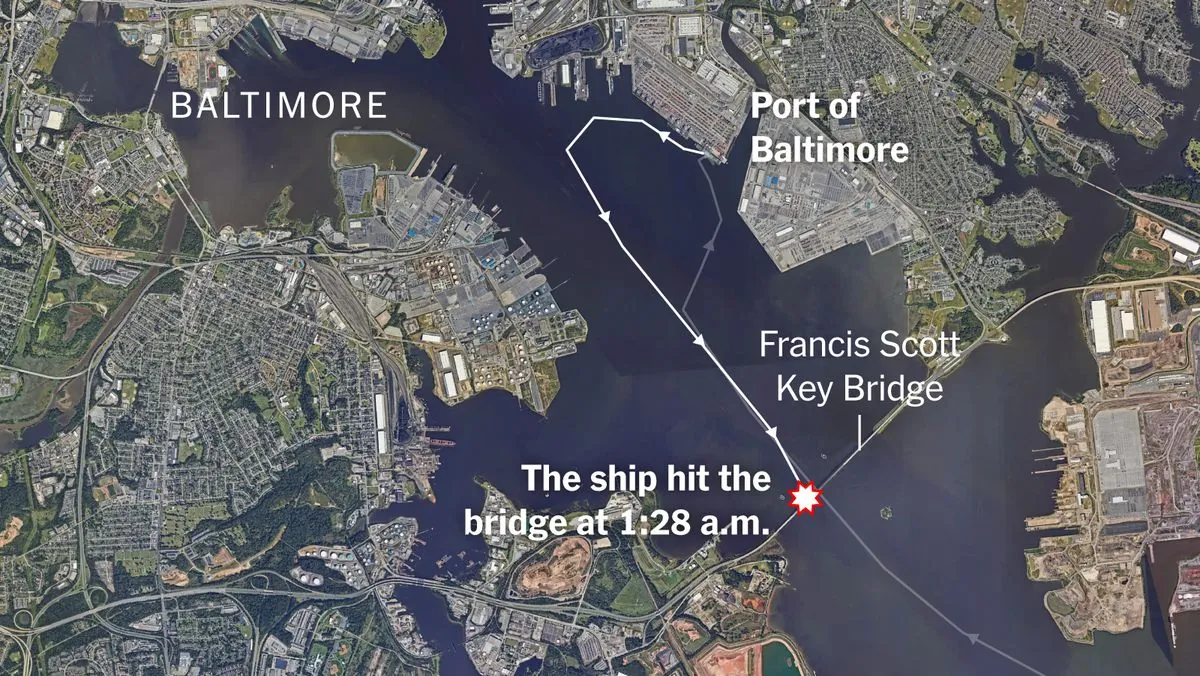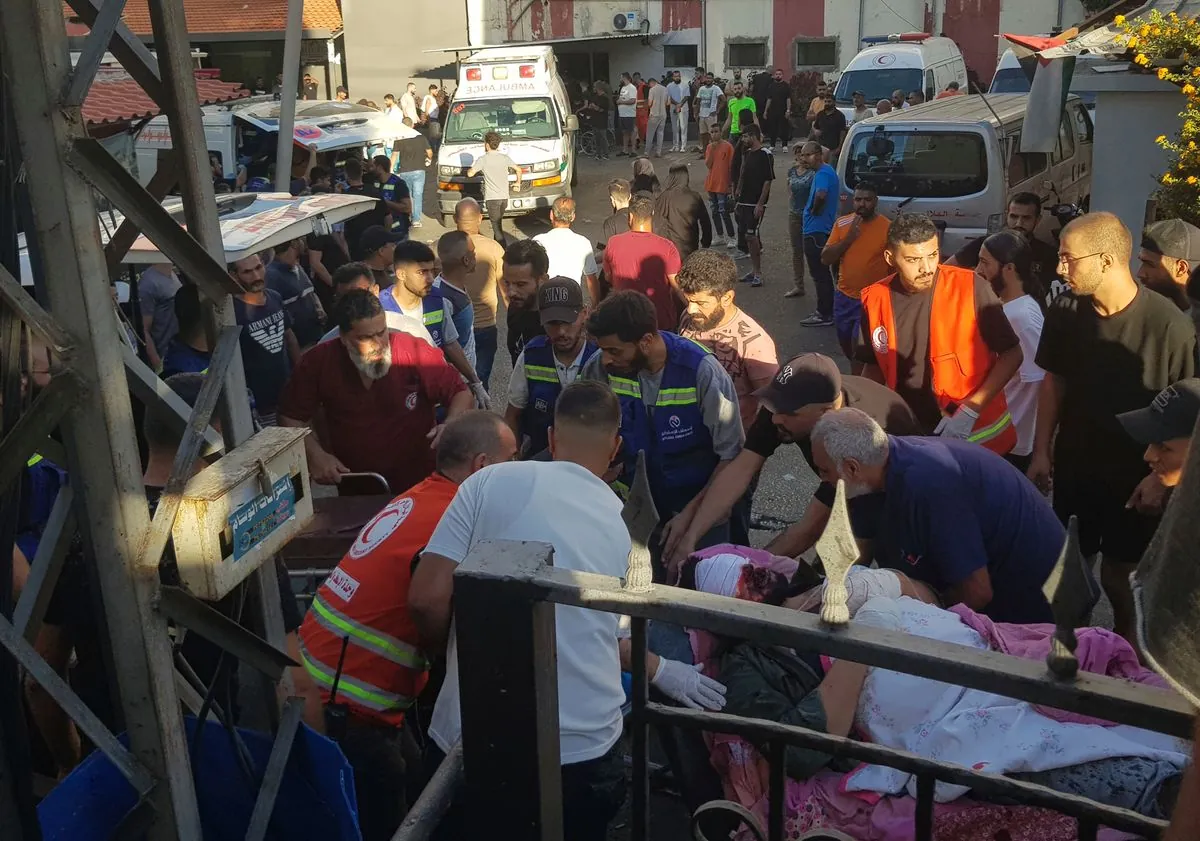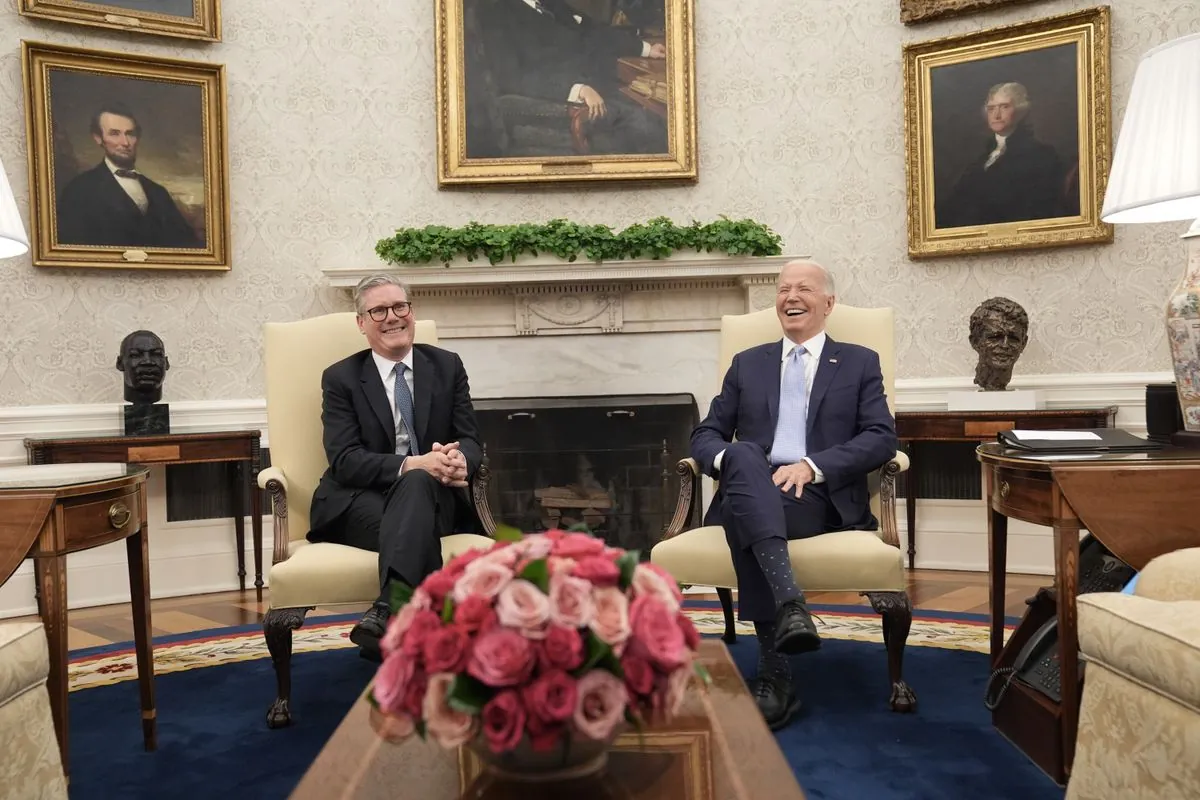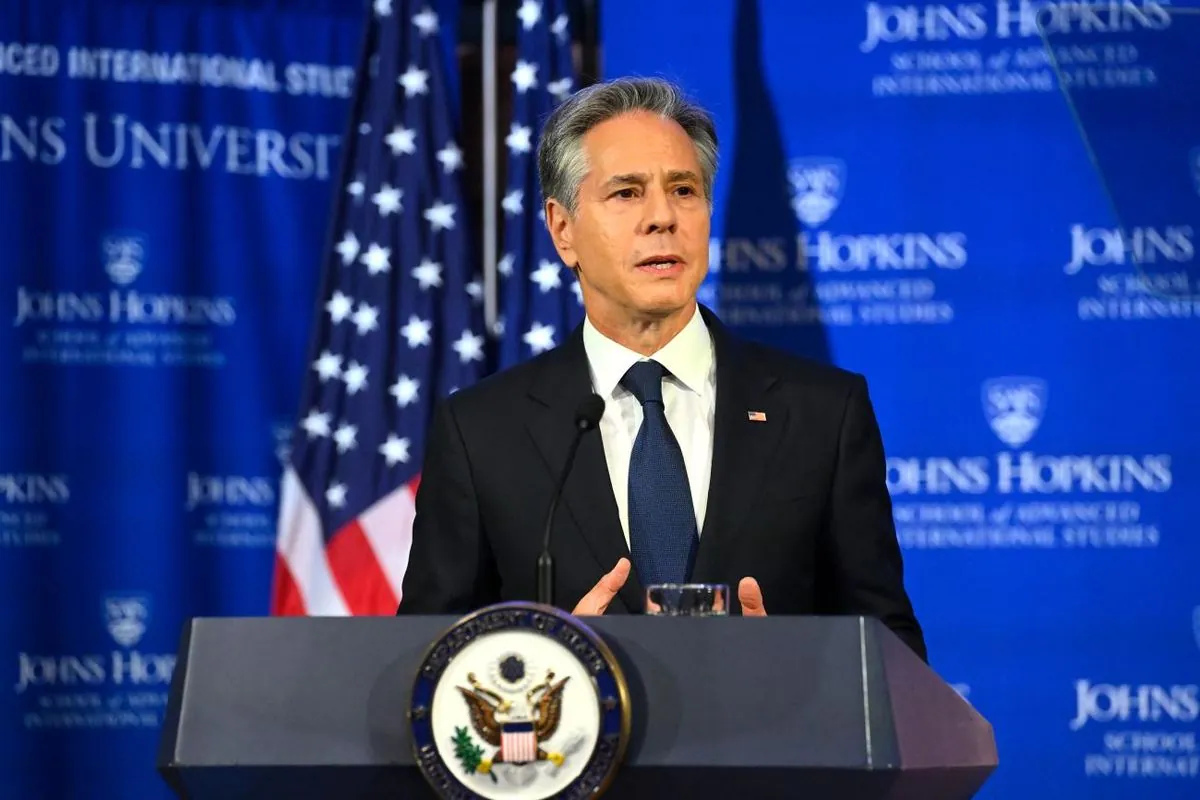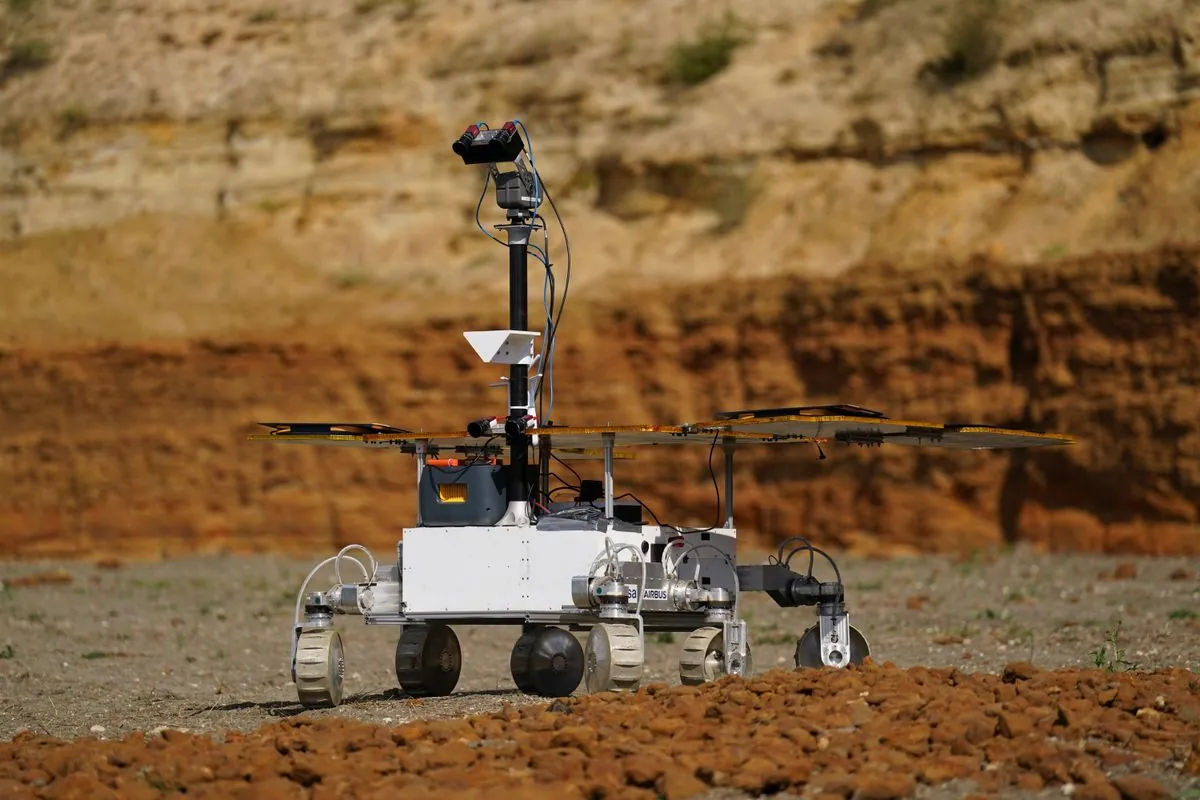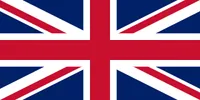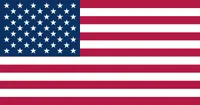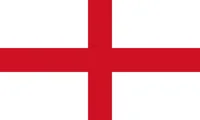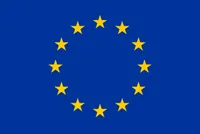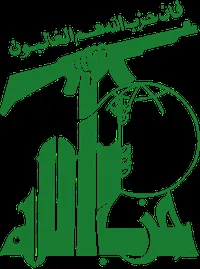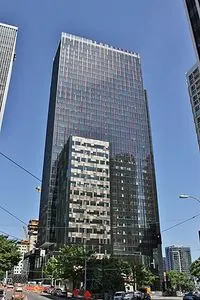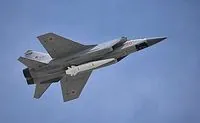Silent Killer: Gas Attacks Resurge in Ukraine's Trench Warfare
Gas attacks in Ukraine's Donbass region have increased dramatically, allowing Russian forces to make gains. The situation echoes WWI tactics, with drones delivering illegal chemical agents to Ukrainian trenches.
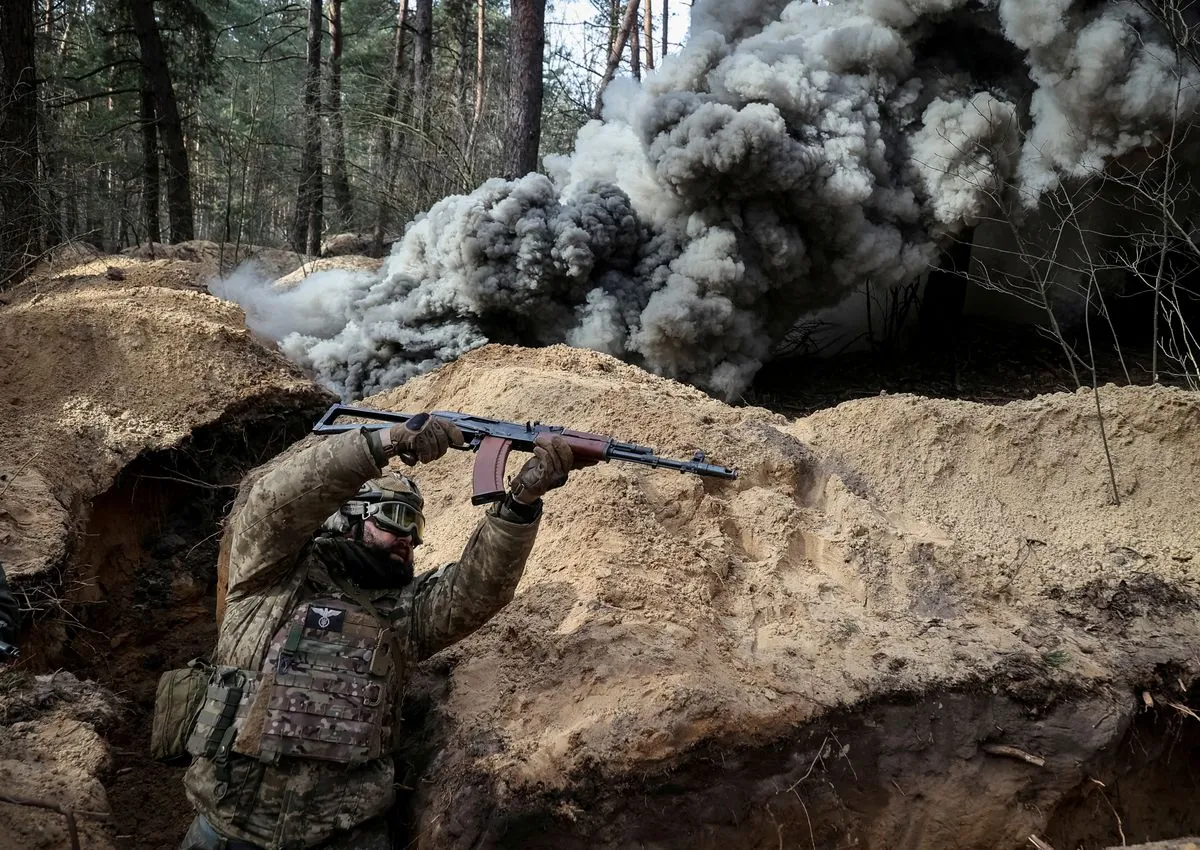
In the ongoing conflict in Ukraine's Donbass region, a silent killer has emerged, reminiscent of tactics used over a century ago. Gas attacks have become increasingly prevalent, allowing Russian forces to make significant advances in areas such as Chasiv Yar, Bakhmut, and Pokrovsk.
The use of chemical agents in warfare is not a new phenomenon. In April 1915, during World War I, German forces deployed chlorine gas against Allied troops, breaking the stalemate of trench warfare. Now, over 100 years later, similar tactics are being employed in Ukraine with devastating effects.
According to a recent study by the Kyiv Independent, the frequency of gas attacks has risen dramatically. From February 2022 to January 2024, the Ukrainian military reported approximately 600 instances of gas use across all fronts. However, in the past eight months alone, this number has skyrocketed to around 4,000 attacks. Some units now face gas attacks two to three times daily.
The primary chemical agents being used are CS gas (tear gas) and chloropicrin. Both substances are prohibited under the 1993 Chemical Weapons Convention, to which Russia and Ukraine are signatories. Chloropicrin, first used as a chemical weapon by Russian forces in 1916 during World War I, was specifically developed to incapacitate troops in trenches.

Russian forces have adopted a strategy of using drones to deliver gas canisters directly into Ukrainian trenches. These riot control gases cause severe breathing difficulties and induce vomiting, forcing soldiers to abandon their positions. As troops flee to escape the gas, surveillance drones guide artillery fire onto the retreating infantry, who are also pursued by attack drones.
This combination of gas attacks and follow-up strikes has allowed Russian forces to make steady progress in the Donbass region. The tactic is particularly effective given the nature of the conflict, which has devolved into grueling trench warfare reminiscent of World War I.
The solution to this threat is straightforward: proper gas masks. The author, who served as a chemical weapons advisor to the Peshmerga (the military forces of Iraqi Kurdistan) during their fight against ISIS from 2015 to 2017, witnessed firsthand the effectiveness of gas masks in neutralizing chemical attacks.
"In one memorable experience in April 2016 near Gwer, east of Mosul, ISIS chlorine mortars rained down near our position. After deploying quickly out of the downwind hazard of the chlorine, which quickly evaporated in the heat, no serious casualties were taken. ISIS seldom used gas again."
The international community must take action to address this escalating crisis. The United Nations should hold Russia accountable for these reported violations of the Chemical Weapons Convention and the Geneva Conventions. Additionally, the Organisation for the Prohibition of Chemical Weapons (OPCW) must deploy a team to investigate and document these attacks.
The United Kingdom, as a leading manufacturer of respirators supplying the US Department of Defense, UK Ministry of Defence, and most NATO countries, is uniquely positioned to provide the necessary equipment to Ukrainian forces. This non-lethal aid could be more easily and quickly sanctioned than some of the lethal targeting permissions requested by President Volodymyr Zelensky.
As the situation in Ukraine continues to deteriorate, immediate action is crucial. The provision of gas masks and proper training could significantly mitigate the impact of these illegal gas attacks and potentially save countless lives in the ongoing conflict.
